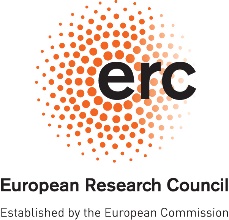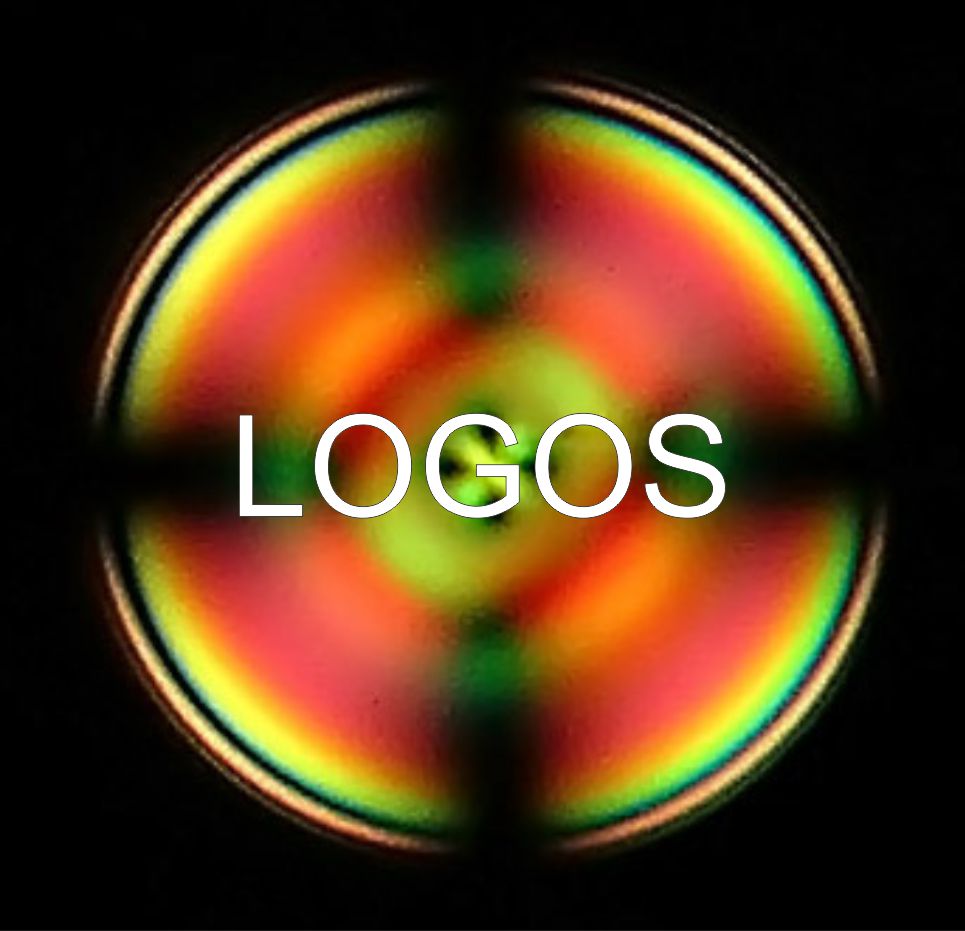




PROJECT: LOGOS
Title: Light-operated logic circuits from photonic soft-matter
Period: 1. 1. 2021 - 31. 12. 2025
Leading organization: Institut "Jozef Stefan"
Participating organization: University of Ljubljana, Faculty of Mathematics and Physics
Principal investigator:  Igor Muševič
Igor Muševič
Research activity: Soft Matter Physics and Photonics
link on  CORDIS
CORDIS
Project description:
A revolutionary photonic technology based on self-assembled soft matter that is likely to evolve into currently unforeseen, futuristic technologies. The liquid nature and responsiveness of soft matter delivers the spontaneous self-assembly of tuneable liquid micro-lasers, liquid micro-fibres, liquid light switches, and tuneable optical micro-resonators with extremely smooth interfaces, low optical losses, elastic deformability and self-healing, all of which are difficult to obtain with hard matter. These photonic micro-devices operate exclusively on light and can be easily integrated into 3D photonic chips by micro-injection into a polymer scaffold or elastic binding via topological defect loops and points.
LOGOS will create integrated and self-organized photonic chips with the focus on four specific challenges: (i) an all optically switchable optical transistor made of chiral liquid crystals (LCs), (ii) logic micro-gates made of LCs that operate entirely on light, (iii) optically switchable LC micro-resonators that redirect light, and (iv) soft-matter photonic integrated circuits in 3D assembled using topology. The validity of the approach will be demonstrated by optical logic gates, and an optical add-drop filter, which will be assembled from soft matter and will use only light to perform the logic operation and optical signal gating and redirecting beyond the GHz range.
This very high-risk, high-gain proposal challenges the mainstream photonic roadmaps by offering a disruptive technology that reduces production times, waste and energy, and enables light processing by light, all currently difficult to obtain in the solid state. LOGOS’s results will not only have a major impact on future data centres and optical networks, but could also revolutionize implantable, biocompatible and wearable photonics.








